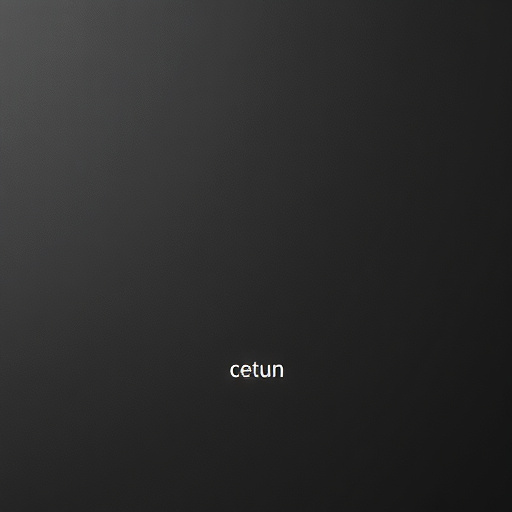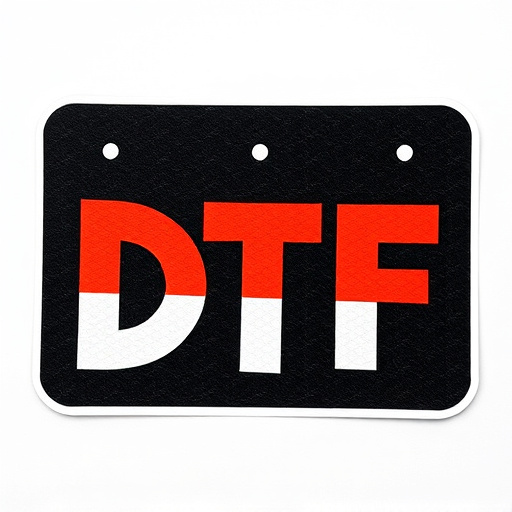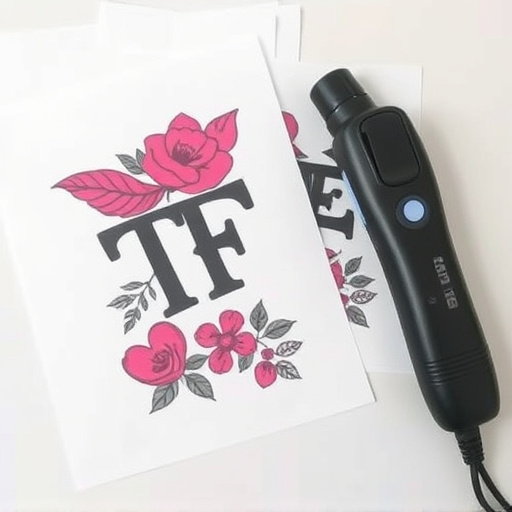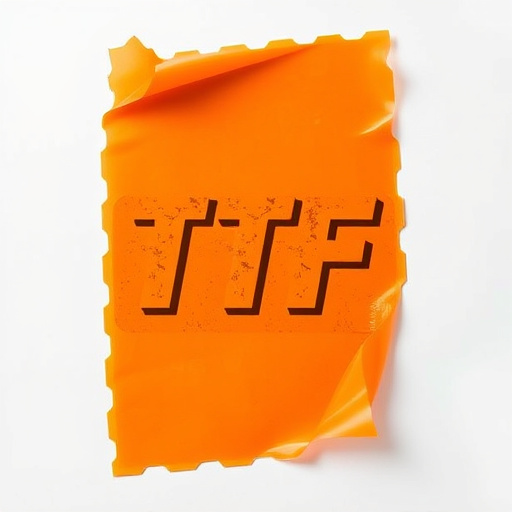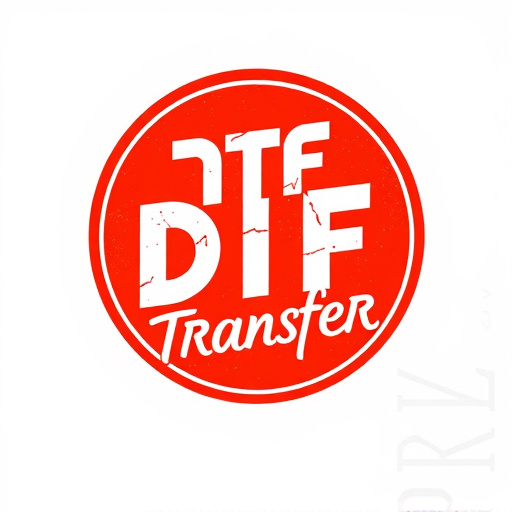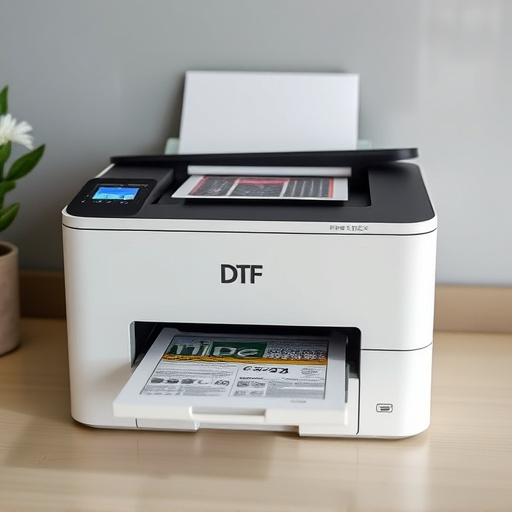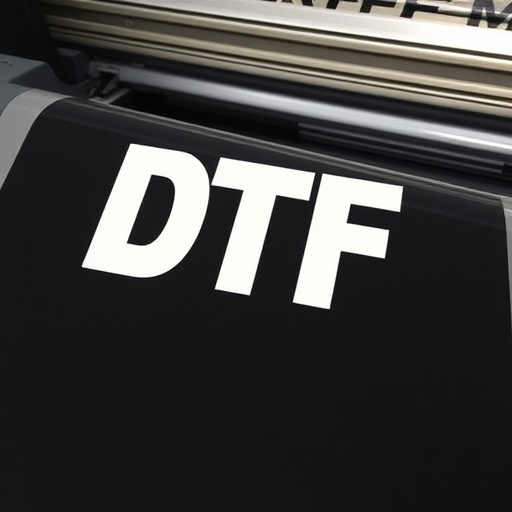High Quality DTF Transfers rely on direct printing to fabric using heat and pressure, requiring top-tier printers, compatible inks, and skilled operators for consistent results across fabrics. Established quality assurance standards, including color accuracy, resolution, and standardized procedures, ensure uniformity. Regular equipment calibration, staff training, and quality control checks maintain consistency, meeting professional standards and customer expectations for various custom clothing products.
In the realm of data transfer, High Quality DTF Transfers (Direct To Final) are pivotal for maintaining integrity and accuracy. This article explores how to ensure consistency in these transfers, a critical aspect for businesses relying on seamless digital workflows. We’ll delve into understanding the basics and importance of DTF Transfers, setting stringent quality standards, and implementing consistent processes & tools. By following these best practices, organizations can achieve reliable, high-quality data movement.
- Understanding DTF Transfers: Basics and Importance
- Setting Standards for High Quality Assurance
- Implementing Consistent Processes and Tools
Understanding DTF Transfers: Basics and Importance
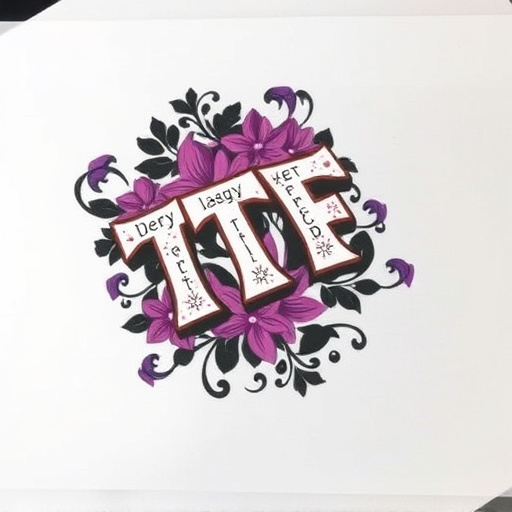
DTF transfers, or Direct-To-Fabric (DTF) printing, is a cutting-edge technology that has revolutionized custom graphic tees and clothing production. It’s a process where designs are transferred directly onto fabric using heat and pressure, enabling intricate and high-quality printing on various materials. This method is especially popular in the apparel industry for creating custom hoodies, T-shirts, and more, as it offers unmatched detail and color accuracy.
Ensuring consistency in High Quality DTF transfers involves understanding the fundamentals of this process. Key factors include using top-tier DTF printers and inks designed for optimal fabric compatibility. The expertise of the printer plays a significant role in achieving consistent results, from color matching to ensuring the design accurately replicates the original artwork, especially when printing on diverse fabrics like cotton, polyester, or blended materials. This consistency is crucial for maintaining brand standards and customer satisfaction, whether for small-batch custom hoodies or large-scale production runs of DTF for Custom graphic tees.
Setting Standards for High Quality Assurance
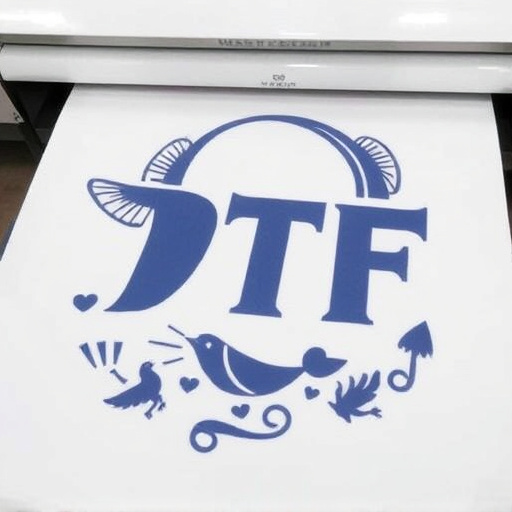
To ensure consistency in High Quality DTF (Direct to Fabric) transfers, establishing robust standards for quality assurance is paramount. This involves defining clear criteria that every transfer must meet, encompassing color accuracy, resolution, and overall image sharpness. Standardized procedures for file formats, resolutions, and printing methods across all production stages are essential. For instance, using industry-recognized settings for DTF for Apparel, like 150 DPI for optimal detail in dtf prints, ensures uniformity.
Regular calibration of equipment and consistent training for staff involved in the process further fortify these standards. Quality control checks at every step, from design to final product, help identify and rectify any deviations early on. By adhering rigorously to these protocols, businesses can maintain the integrity of their High Quality DTF Transfers, ensuring consistent, vibrant, and detailed dtf prints that meet or exceed customer expectations.
Implementing Consistent Processes and Tools
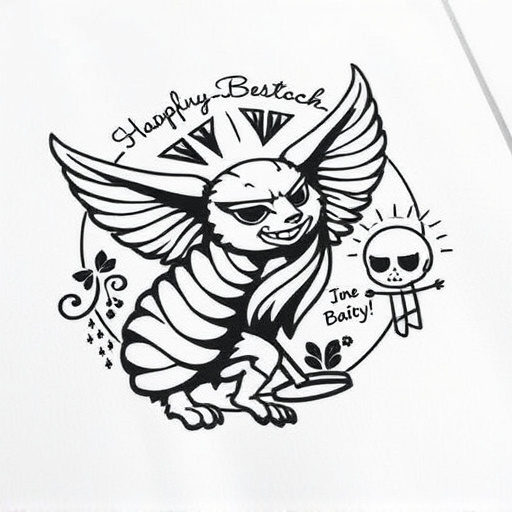
Achieving consistency in High Quality DTF Transfers is paramount for maintaining professional standards and customer satisfaction. Implementing consistent processes and tools plays a pivotal role in this regard. Standardizing procedures ensures that every transfer, whether it’s for DTF printing, custom t shirts, or direct to film personalized hoodies, adheres to the same rigorous quality criteria.
Using reliable, calibrated equipment and established workflows allows for predictable outcomes. This includes everything from color accuracy and press settings to ink types and drying times. By documenting and adhering to these processes, print shops can confidently produce items with consistent design reproduction, vibrant colors, and a sleek finish, ensuring customer happiness and fostering a reputation for high-quality work.
Ensuring consistency in high quality DTF transfers involves a combination of understanding the process, setting clear standards, and implementing robust tools and processes. By following these steps, organizations can maintain reliable data integrity, streamline workflows, and deliver superior results. This focus on consistency ultimately enhances customer satisfaction and reinforces the importance of high quality DTF transfers in today’s digital landscape.



